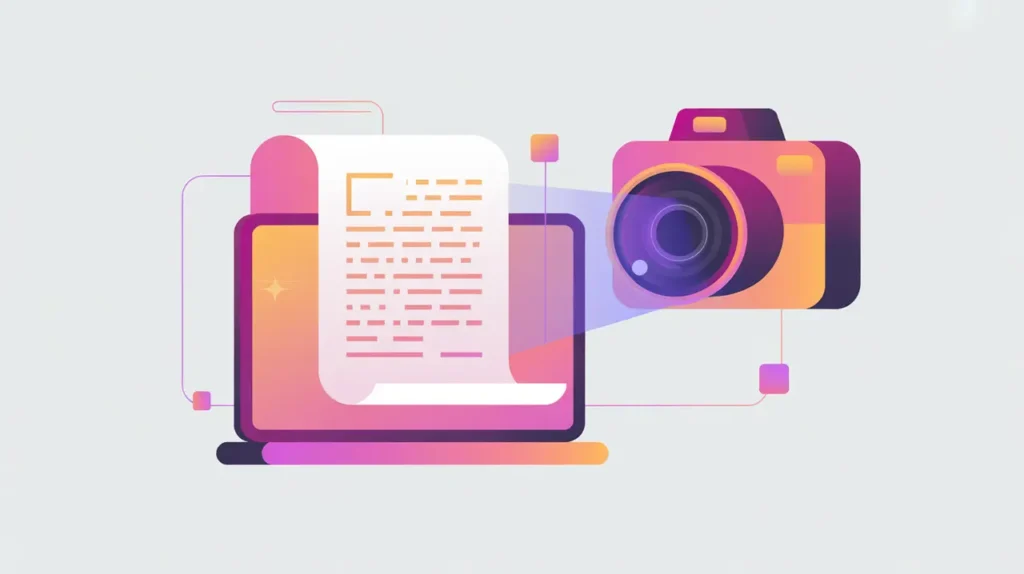Importance of Text to Speech
Text-to-Speech (TTS) is the technology that converts written text into spoken language using Artificial Intelligence. Its importance today lies in how it expands access to digital information by making it audible. TTS systems are now embedded in mobile phones, reading apps, customer service platforms, and assistive technologies, providing natural-sounding speech in multiple languages. Advances in neural networks have dramatically improved the quality of synthetic voices, making them nearly indistinguishable from human speech.
For social innovation and international development, TTS matters because it bridges barriers of literacy, vision, and accessibility. Communities that cannot easily engage with written materials can still access information through audio. By giving text a voice, TTS ensures knowledge is more widely available across diverse settings.
Definition and Key Features
TTS works by processing text into phonetic representations and then generating speech waveforms that approximate human sound. Early systems used rule-based methods or concatenated pre-recorded speech fragments. Modern neural TTS approaches, such as WaveNet and Tacotron, use deep learning to produce fluid, natural intonation and pacing. These systems can adapt to different accents, styles, and tones, enhancing usability.
It is not the same as speech recognition, which converts speech into text. Nor is it simple audio playback of recorded material. Instead, TTS synthesizes speech dynamically, producing audio in real time based on any given text input. Its quality depends on the underlying model, the diversity of training data, and the extent to which voices are customized.
How this Works in Practice
In practice, TTS systems break text into tokens, analyze linguistic structure, and generate phoneme sequences that capture pronunciation. Neural models then transform these into audio waveforms, often with options for pitch, speed, and style adjustments. The most advanced systems now support expressive speech, conveying emotion or emphasis in ways that improve clarity and engagement.
Challenges include ensuring coverage for underrepresented languages, reducing computational costs, and addressing ethical concerns around voice cloning and misuse. Progress continues to make TTS systems more affordable, customizable, and responsive to local contexts, expanding their reach beyond high-resource environments.
Implications for Social Innovators
Text-to-Speech is already transforming mission-driven applications. Literacy programs use it to help early readers follow along with written text. Health organizations deploy TTS to deliver instructions to patients with low literacy or visual impairments. Humanitarian agencies provide voice-based information hotlines, enabling communities to access critical updates during crises. Financial inclusion programs use TTS in mobile banking apps to support users who cannot read text interfaces.
By turning text into sound, TTS extends the reach of digital systems, ensuring that information is accessible to people regardless of literacy or ability.







